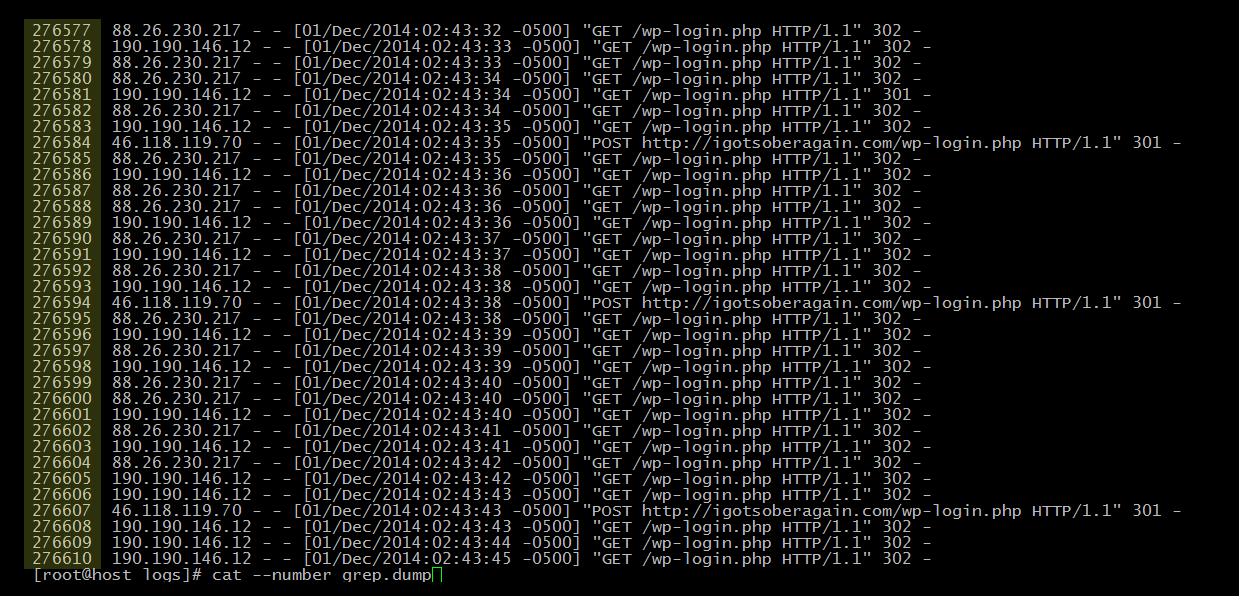
- Security through obscurity pros and cons how to#
- Security through obscurity pros and cons software#
- Security through obscurity pros and cons Offline#
This can help prevent exposing certain aspects of your network infrastructure to unauthorized individuals while still reaping the benefits of network monitoring.
Security through obscurity pros and cons how to#
How to use ICMP and SNMP while maintaining a focus on securityĪn alternative to globally disabling ping and SNMP is to whitelist network monitoring components such as servers and polling engines so only they receive responses from ICMP and SNMP packets. Additionally, not all aspects you wish to monitor may be available outside SNMP since it enjoys broad support.

Yes, other protocols like WMI, SOAP and the RESTful API are available, but they often incur much higher CPU utilization on the monitoring server and monitored devices. are still running and likely discoverable.īy disabling SNMP, you significantly hamper your organizations ability to monitor infrastructure. All other services such as HTTP(S), FTP, SMB, etc. If turning off ping increases network security, it only slightly slows down the most basic and unskilled cyber hacker. Supporters of this position believe that it makes their network more secure by obscuring certain elements.ĭisabling ping does not meaningfully increase security it only makes troubleshooting and network monitoring much more difficult. Some network administrators disable ICMP and/or SNMP on network devices to improve security. Security 101: Security through obscurity is not security. Because ICMP has no ports, it does not transport user data or information other than network statistics used for diagnostic and control purposes. ICMP differs from transport protocols such as TCP and UDP in that it is not used to exchange data between devices nor is it commonly used by end-user network applications. Both UDP and TCP have ports, whereas ICMP has no ports, but does have types and codes. ICMP is IP protocol 1 (see RFC792), TCP is IP protocol 6 (described in RFC793) and UDP is IP protocol 17 (see RFC768). Internet Control Message Protocol (ICMP), including ping, has no ports and is neither TCP nor UDP. ICMP – Built for network control and diagnostics, not user data Turning off ping typically involves re-architecting your network monitoring solution, increases administrative effort and complicates monitoring. Since ping has low overhead for both the CMS and network it is the preferred method of determining availability of monitored devices.
Security through obscurity pros and cons Offline#
If the ping sensor fails, the other sensors will likely be paused or taken offline to prevent alert storms. Other sensors configured for devices such as disk I/O, network bandwidth, etc. In network monitoring systems, the ping utility allows the Central Management Station (CMS) to quickly determine whether a monitored host or device is reachable. Ping is a central part of most network monitoring solutions on the market today. Network monitoring solutions depend on ping Many systems provide a companion utility ping6, for testing on Internet Protocol version 6 (IPv6) networks, which implement ICMPv6.

Options may include the size of the payload, count of tests, limits for the number of network hops (TTL) that may be traversed and interval between the requests. The command-line options of the ping utility and its output vary between implementations. Ping is available for most devices and operating systems that have networking capability. The program reports errors, packet loss, and a statistical summary of the results, typically including the minimum, maximum, the mean round-trip times, and standard deviation of the mean.

The utility operates by sending ICMP e cho request packets to the target host and waiting for an ICMP echo reply. The ping utility measures the round-trip time for messages sent from the originating host to a destination computer that are echoed back to the source.

Ping is part of the Internet Control Message Protocol (ICMP) suite. The name traces its roots to submarine technology where active sonar is used to transmit a pulse of sound and listens for an echo to detect objects.
Security through obscurity pros and cons software#
Ping is a network administration software diagnostic utility used to test the reachability of a host on an Internet Protocol (IP) network. Before we begin addressing the security and network monitoring implications of blocking Internet Control Message Protocol (ICMP) and Simple Network Management Protocol (SNMP), we must understand what they are and how they work.


 0 kommentar(er)
0 kommentar(er)
